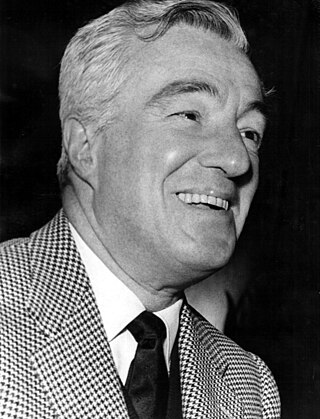
Vittorio De Sica was an Italian film director and actor, a leading figure in the neorealist movement.

Cesare Zavattini was an Italian screenwriter and one of the first theorists and proponents of the Neorealist movement in Italian cinema.

Ferrara is a city and comune (municipality) in Emilia-Romagna, Northern Italy, capital of the province of Ferrara. As of 2016, it had 132,009 inhabitants. It is situated 44 kilometres northeast of Bologna, on the Po di Volano, a branch channel of the main stream of the Po River, located 5 km north. The town has broad streets and numerous palaces dating from the Renaissance, when it hosted the court of the House of Este. For its beauty and cultural importance, it has been designated by UNESCO as a World Heritage Site.
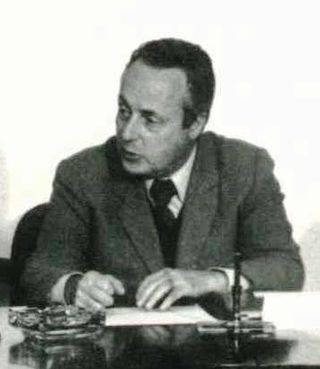
Giorgio Bassani was an Italian novelist, poet, essayist, editor, and international intellectual.

The Garden of the Finzi-Continis is an Italian historical novel by Giorgio Bassani, published in 1962. It chronicles the relationships between the narrator and the children of the Finzi-Contini family from the rise of Benito Mussolini until the start of World War II.
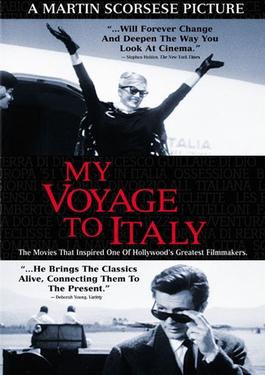
My Voyage to Italy is a personal documentary by acclaimed Italian-American director Martin Scorsese. The film is a voyage through Italian cinema history, marking influential films for Scorsese and particularly covering the Italian neorealism period.
Finzi is a surname. Notable people with the name include:

Dominique Marie-Françoise Renée Varaigne professionally known as Dominique Sanda, is a French actress.

Romolo Valli was an Italian actor.

Fabio Testi is an Italian actor. After growing up witnessing film work done around Lake Garda, Testi entered the sets of the film and began work as a stuntman and a double on set, where he worked as a stuntman on The Good, the Bad and the Ugly. Testi continued stunt work and getting roles in low budget genre films until he was cast in Vittorio De Sica's film The Garden of the Finzi-Continis. Following this film, Testi became a star in Italy, appearing in some artistic films by Giuseppe Patroni Griffi and Claude Chabrol. Testi also continued to work in poliziotteschi genre films in the 1970s as well as a few gialli, and gained infamy for his publicised relationships with actresses Ursula Andress and Charlotte Rampling.

Valerio Zurlini was an Italian stage and film director and screenwriter.

Ugo Pirro was an Italian screenwriter and novelist.
Jamie McKendrick is a British poet and translator.
The 21st annual Berlin International Film Festival was held from 26 June – 6 July 1971. The Young Filmmakers Forum section was introduced at the festival. The Golden Bear was awarded to the Italian film Il giardino dei Finzi-Contini directed by Vittorio De Sica.

Lino Capolicchio was an Italian actor, screenwriter, and director. He won a special David di Donatello acting award for his role in Vittorio de Sica's 1970 film, The Garden of the Finzi-Contini.
Giorgio De Vincenzi (1884–1965), was an Italian painter and etcher. He was a versatile artist, using diverse techniques and specialised in landscapes and portraiture.
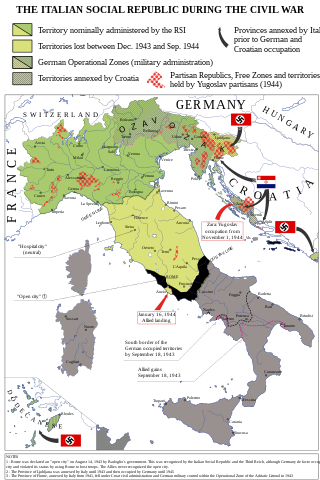
The Holocaust in Italy was the persecution, deportation, and murder of Jews between 1943 and 1945 in the Italian Social Republic, the part of the Kingdom of Italy occupied by Nazi Germany after the Italian surrender on 8 September 1943, during World War II.
Elizabeth (Isabel) Madeleine Quigly FRSL was a British writer, translator and film critic.
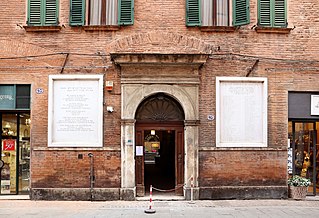
The Ferrara Ghetto was established by an edict of Cardinal Cennini dated 23 August 1624, in one of the oldest areas of the city, a short distance from the Cathedral of San Giorgio (Ferrara) and the Castello Estense. It was permanently closed in 1859.















